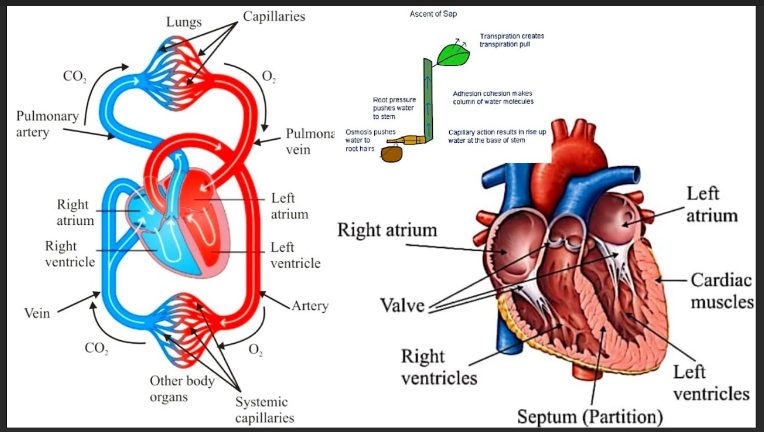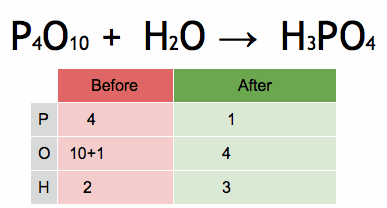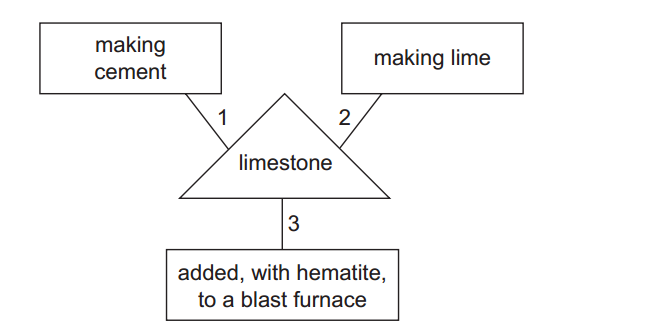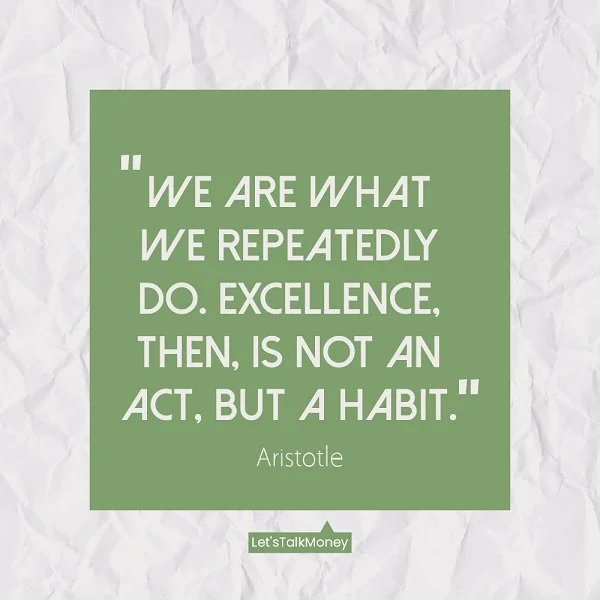- Subject-verb agreement is crucial for sentence correctness.
- Use “a” before words that start with a consonant sound and “an” before words that start with a vowel sound.
- The verb should agree with the subject, not with a noun or pronoun in between.
- Commas are used to separate items in a list.
- Use a comma before a coordinating conjunction in a compound sentence.
- Apostrophes are used for contractions and to show possession.
- “Their” is possessive, and “they’re” is a contraction for “they are.”
- “Your” is possessive, and “you’re” is a contraction for “you are.”
- Avoid sentence fragments; each sentence should have a subject and a verb.
- Know when to use “fewer” and “less” correctly.
- Use “it’s” as a contraction for “it is” and “its” as a possessive pronoun.
- Use “who” for people and “that” for things.
- Understand the proper use of “me” and “I” in a sentence.
- Use “effect” as a noun and “affect” as a verb.
- Use a comma after introductory phrases or clauses.
- Know the difference between “lay” and “lie.”
- Avoid the split infinitive (e.g., “to boldly go”).
- Use “farther” for physical distance and “further” for metaphorical distance.
- Avoid double negatives (e.g., “I don’t need no help”).
- Use “who” when referring to people and “that” when referring to things.
- “Nor” should be used with “neither,” and “or” with “either.”
- Use “fewer” for countable items and “less” for uncountable items.
- The past tense of “go” is “went,” not “goed.”
- Use “bring” when something is moving towards you and “take” when it’s moving away.
- The verb “to be” should agree with the subject in number.
- Use “between” for two things and “among” for more than two.
- Know the difference between “good” (adjective) and “well” (adverb).
- Use “who” for people and “which” for things in defining relative clauses.
- Use “beside” to indicate next to and “besides” to indicate in addition to.
- Avoid using “like” when you mean “such as.”
- Use the subjunctive mood after certain verbs (e.g., “I suggest that he be on time”).
- Use “whether” when presenting alternatives and “if” when expressing a condition.
- Use “onto” when indicating movement towards and “on to” when indicating continuation.
- Use “may” for permission and “might” for possibility.
- Use “lay” when the subject is acting on an object and “lie” when the subject is reclining.
- Use “fewer” for countable items and “less” for uncountable items.
- “Each” is singular, and “every” can be used with both singular and plural nouns.
- Use “like” as a preposition and “as” as a conjunction.
- Use “who” for people and “that” for things in defining relative clauses.
- Use “whom” when the pronoun is the object of the sentence.
- “Nor” should be used with “neither,” and “or” with “either.”
- Use “who” when referring to people and “which” when referring to things.
- Use “a” before words that start with a consonant sound and “an” before words that start with a vowel sound.
- The verb should agree with the subject, not with a noun or pronoun in between.
- Commas are used to separate items in a list.
- Use a comma before a coordinating conjunction in a compound sentence.
- Apostrophes are used for contractions and to show possession.
- “Their” is possessive, and “they’re” is a contraction for “they are.”
- “Your” is possessive, and “you’re” is a contraction for “you are.”
- Avoid sentence fragments; each sentence should have a subject and a verb.
- Know when to use “fewer” and “less” correctly.
- Use “it’s” as a contraction for “it is” and “its” as a possessive pronoun.
- Use “who” for people and “that” for things.
- Understand the proper use of “me” and “I” in a sentence.
- Use “effect” as a noun and “affect” as a verb.
- Use a comma after introductory phrases or clauses.
- Know the difference between “lay” and “lie.”
- Avoid the split infinitive (e.g., “to boldly go”).
- Use “farther” for physical distance and “further” for metaphorical distance.
- Avoid double negatives (e.g., “I don’t need no help”).
- Use “who” when referring to people and “that” when referring to things.
- “Nor” should be used with “neither,” and “or” with “either.”
- Use “fewer” for countable items and “less” for uncountable items.
- The past tense of “go” is “went,” not “goed.”
- Use “bring” when something is moving towards you and “take” when it’s moving away.
- The verb “to be” should agree with the subject in number.
- Use “between” for two things and “among” for more than two.
- Know the difference between “good” (adjective) and “well” (adverb).
- Use “who” for people and “which” for things in defining relative clauses.
- Use “beside” to indicate next to and “besides” to indicate in addition to.
- Avoid using “like” when you mean “such as.”
- Use the subjunctive mood after certain verbs (e.g., “I suggest that he be on time”).
- Use “whether” when presenting alternatives and “if” when expressing a condition.
- Use “onto” when indicating movement towards and “on to” when indicating continuation.
- Use “may” for permission and “might” for possibility.
- Use “lay” when the subject is acting on an object and “lie” when the subject is reclining.
- Use “fewer” for countable items and “less” for uncountable items.
- “Each” is singular, and “every” can be used with both singular and plural nouns.
- Use “like” as a preposition and “as” as a conjunction.
- Use the subjunctive mood after certain verbs (e.g., “I suggest that he be on time”).
- Use “whether” when presenting alternatives and “if” when expressing a condition.
- Use “onto” when indicating movement towards and “on to” when indicating continuation.
- Use “may” for permission and “might” for possibility.
- Use “lay” when the subject is acting on an object and “lie” when the subject is reclining.
- Use “fewer” for countable items and “less” for uncountable items.
- “Each” is singular, and “every” can be used with both singular and plural nouns.
- Use “like” as a preposition and “as” as a conjunction.
- “Nor” should be used with “neither,” and “or” with “either.”
- Use “who” when referring to people and “which” when referring to things.
- Use “between” for two things and “among” for more than two.
- The verb “to be” should agree with the subject in number.
- Use a comma after introductory phrases or clauses.
- Use “a” before words that start with a consonant sound and “an” before words that start with a vowel sound.
- Use “bring” when something is moving towards you and “take” when it’s moving away.
- Use “it’s” as a contraction for “it is” and “its” as a possessive pronoun.
- Avoid sentence fragments; each sentence should have a subject and a verb.
- The past tense of “go” is “went,” not “goed.”
- Use “who” for people and “that” for things.
- Use “fewer” for countable items and “less” for uncountable items.
- Understand the proper use of “me” and “I” in a sentence.
Shares:




































































































